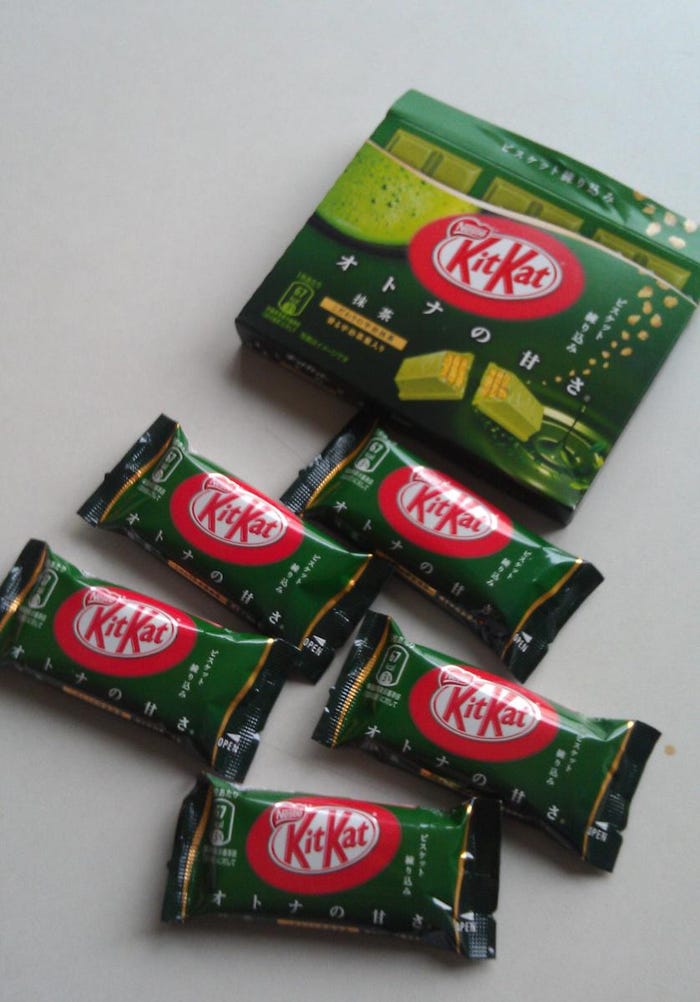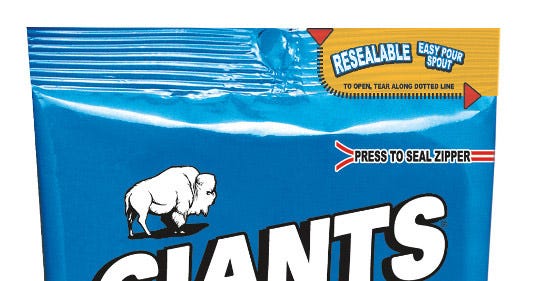Every year, there seems to be more and more innovation take place for in-store packaging. As such, Robert Hogan, director of global business development and Asia for Zip-Pak, recently presented at the Store Brands Decisions (SBD) Conference and talked about some key packaging innovation trends in store brands. Naturally, he used research and insights from Zip-Pak as examples, but there are still some important takeaways to keep in mind. 1. Pay attention to Japan
June 26, 2014
Every year, there seems to be more and more innovation take place for in-store packaging. As such, Robert Hogan, director of global business development and Asia for Zip-Pak, recently presented at the Store Brands Decisions (SBD) Conference and talked about some key packaging innovation trends in store brands. Naturally, he used research and insights from Zip-Pak as examples, but there are still some important takeaways to keep in mind.
1. Pay attention to Japan
 If you want to see the highest quality innovative packaging, Hogan said just look to Japan, where packaging is regarded as a piece of fine art, created not only for ease of use but also for aesthetic pleasure. A Tokyo hotel, for instance, offers individually packaged Q-tips by laser-scoring vertical lines on the plastic package to help the consumer access each one separately. Another example is gum packaging. In North America, consumers complain that packages of chewing gum are difficult to open and reseal, resulting in packaging failure and the gum falling out. Japanese gum packages open neatly, and consumers can access each piece easily. There are even instructions for use on the Japanese packaging, another example of their extreme attention to detail.
If you want to see the highest quality innovative packaging, Hogan said just look to Japan, where packaging is regarded as a piece of fine art, created not only for ease of use but also for aesthetic pleasure. A Tokyo hotel, for instance, offers individually packaged Q-tips by laser-scoring vertical lines on the plastic package to help the consumer access each one separately. Another example is gum packaging. In North America, consumers complain that packages of chewing gum are difficult to open and reseal, resulting in packaging failure and the gum falling out. Japanese gum packages open neatly, and consumers can access each piece easily. There are even instructions for use on the Japanese packaging, another example of their extreme attention to detail.
2. Quick turnaround
Increasingly, consumer preference at point-of-sale is being influenced by the addition of innovative features in product packaging, like a resealable closure on a bag of salty snacks. This shift in behavior is being observed for both new and established store brands. And with today's speed to market, retailers can readily afford a new consumer-preferred technology. In fact, Hogan said that technology converters can apply a zipper or other consumer-friendly feature to flexible packaging in as little as six weeks, with minimal disruption to the manufacturing process and little-to-no capital investment.
3. Convenience
There's little question that providing consumer convenience enhances brand appeal. Independent market research indicates that consumers instantly recognize the ease-of-use that resealable packaging offers, and are more inclined to choose such a package, regardless of price. For instance, the seeds for the Giants Sunflower Seeds package remain securely protected inside the package between openings while product shelf life is extended.
between openings while product shelf life is extended.
4. The power of packaging
Store brand manufacturers are realizing increased consumer confidence as well as production efficiencies when they turn to packaging solutions that are distinct to the market. Zipbox, the resealable box, for example, combines rigid with flexible packaging in a surprisingly novel way, Hogan said. Not only is Zipbox a new design, this new packaging results in savings because there is no inner liner required (think sealed cereal boxes). Dash's Market, a four-store retail chain in Upstate New York, introduced Plantation All Natural Raw Cane Sugar in Zipbox cartons last year, resulting in clear sales growth. More than eighty-five percent of consumers surveyed said they loved the value and convenience of being able to reseal their cereal, sugar, cookies and crackers with the press-to-seal feature. Look for additional introductions of Zipbox in these consumer categories in the near future.
5. Source reduction
Hogan said that moving from a rigid package to a flexible pouch creates significant cost and source reductions for store brands. Taking a product from glass to plastic saves on production, lowers the weight of its packaging, and reduces the number of trucks required to distribute the product. Solutions such as PresSureLok, a collaboration between TechniPac and Zip-Pak, represents a convenient solution for frequent travelers, and extends the shelf life of shampoos, conditioners, detergents, juices and some condiments. The utility of PresSureLok will be impressive, with features to include a measured chamber technology that dispenses precisely one serving per use, and then automatically seals itself.
The more things change...
"The more things change, the more they stay the same," Hogan concluded. When it comes to trends in packaging, store brands can be just as ingenious and progressive as name brands. Consumers prefer packaging options that deliver convenience, freshness and performance throughout the entire product lifecycle. Capitalizing on this consumer preference has been made faster and simpler today, thanks to advancements in both technology and equipment compatibility. As a result, store brands can effectively integrate innovative advancements into their packages quickly, often with little or no additional capital expenditures. The smartest store brands have already embraced these "preferred performance" packaging trends, with others sure to follow closely behind.
About the Author(s)
You May Also Like


